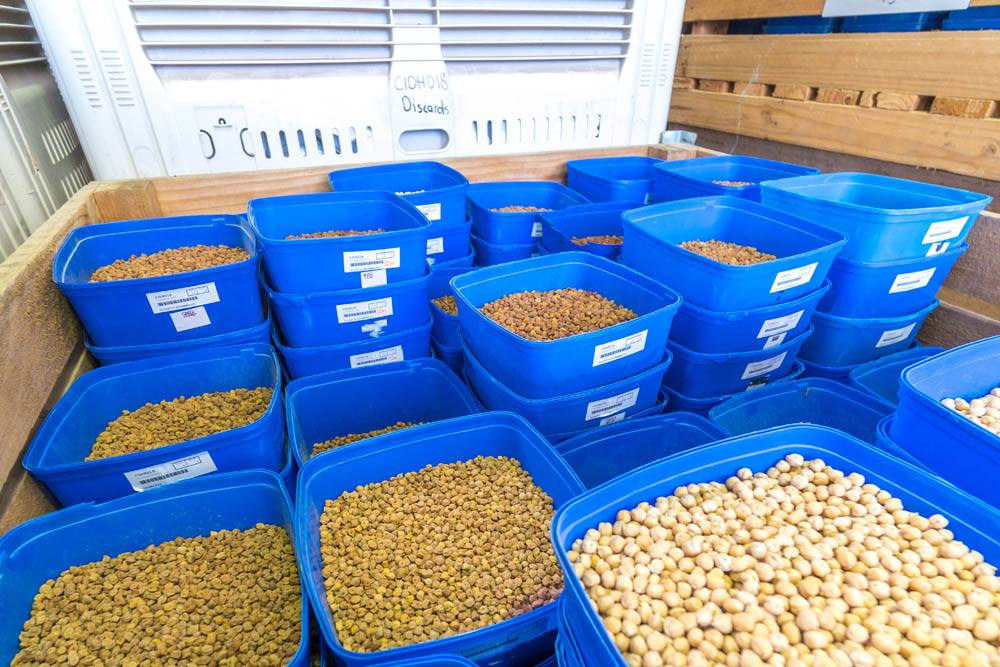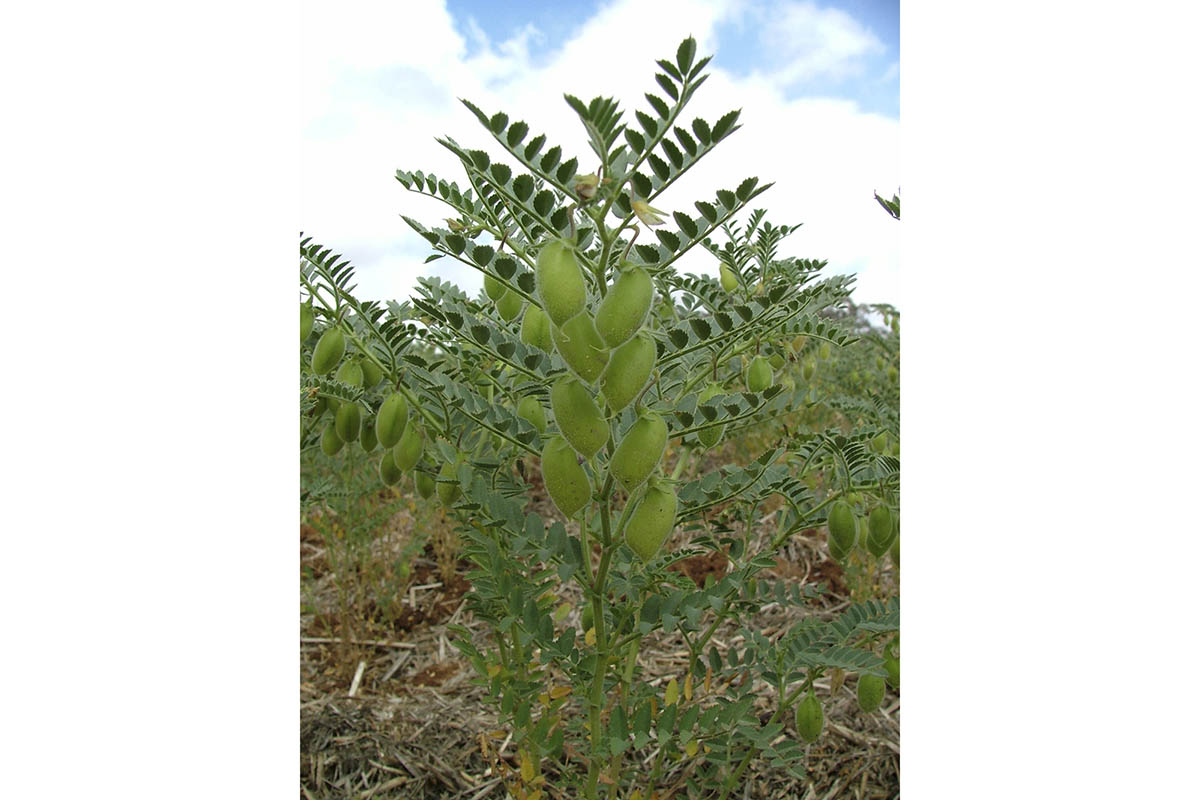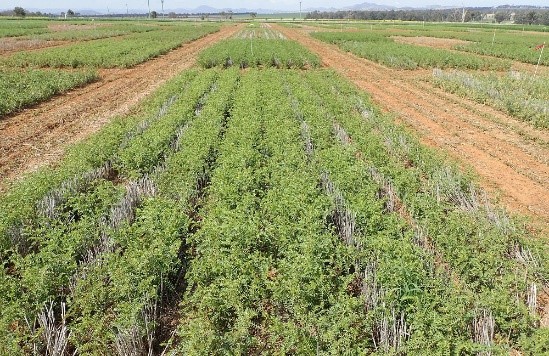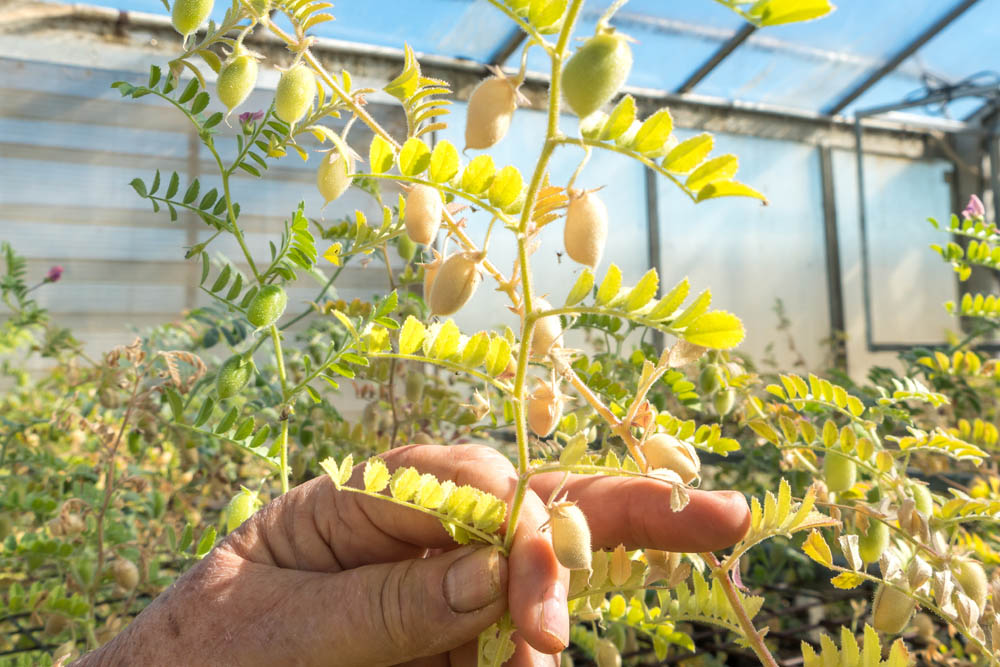- GVP $359.3 million est. Up 527% yoy.
- Pulse production totaled 685,000 tonnes in 2020-21.
- Exports of chickpeas to Pakistan reached 168,700 tonnes, worth $118 million in 2020-21.
Production
Chickpea production, the major pulse crop grown in NSW, had the most substantial turn around with production an estimated 374,000 tonnes in 2020-21, up from just 24,400 tonnes in 2019-20. In the case of Faba beans, production in NSW increased to an estimated 110,000 tonnes in 2020-21, a level of production not achieved since 2015-16, with the majority of faba bean still grown in Victoria and South Australia. 4
Area sown to pulses z
- Chickpeas
- Faba beans
- Field peas
- Lentils
- Lupins
Pulse production ('000 tonnes) z
- Chickpeas
- Faba Beans
- Field peas
- Lentils
- Lupins
Years marked 's' are estimates, years marked 'f' are forecasts.
Price
Global prices for chickpeas and pulses generally have begun lifting, following relatively lacklustre prices emanating from India over the past three years. Tight supplies for various pulses in India and other south Asian countries are supporting global prices. 183 150
Trade
Chickpea is the dominant pulse crop exported representing 87% of total pulse exports by value worth $186.4 million in 2020-21, and with 63% by value being sold to Pakistan ($117.7 million). Of the 271,600 tonnes of chickpeas exported in 2020-21, up 337% on 2019-20 export volumes, 168,700 tonnes went to Pakistan with the next largest destination Bangladesh receiving 60,400 tonnes. 128
Logistical issues continued through 2020-21 as a consequence of the Covid-19 pandemic, difficulty in obtaining containers and a threefold increase in container rates, typically used for pulse exports, has encouraged more bulk trades, including chickpea exports to Pakistan. 222 127
Value of pulse exports (A$ million)
- Bangladesh
- Egypt
- India
- Nepal
- Pakistan
- United Arab Emirates
- Other
Macroeconomic conditions
Demand for pulses from major markets including the South Asian markets of Pakistan, Bangladesh and Nepal, along with Middle East markets including the United Arab Emirates remains robust long term. 167

Outlook
As a result of this global market context, the outlook for pricing is generally firm and combined with favourable growing conditions for the 2021 winter crop supports pulse production in 2021 and prospects for the season ahead.





